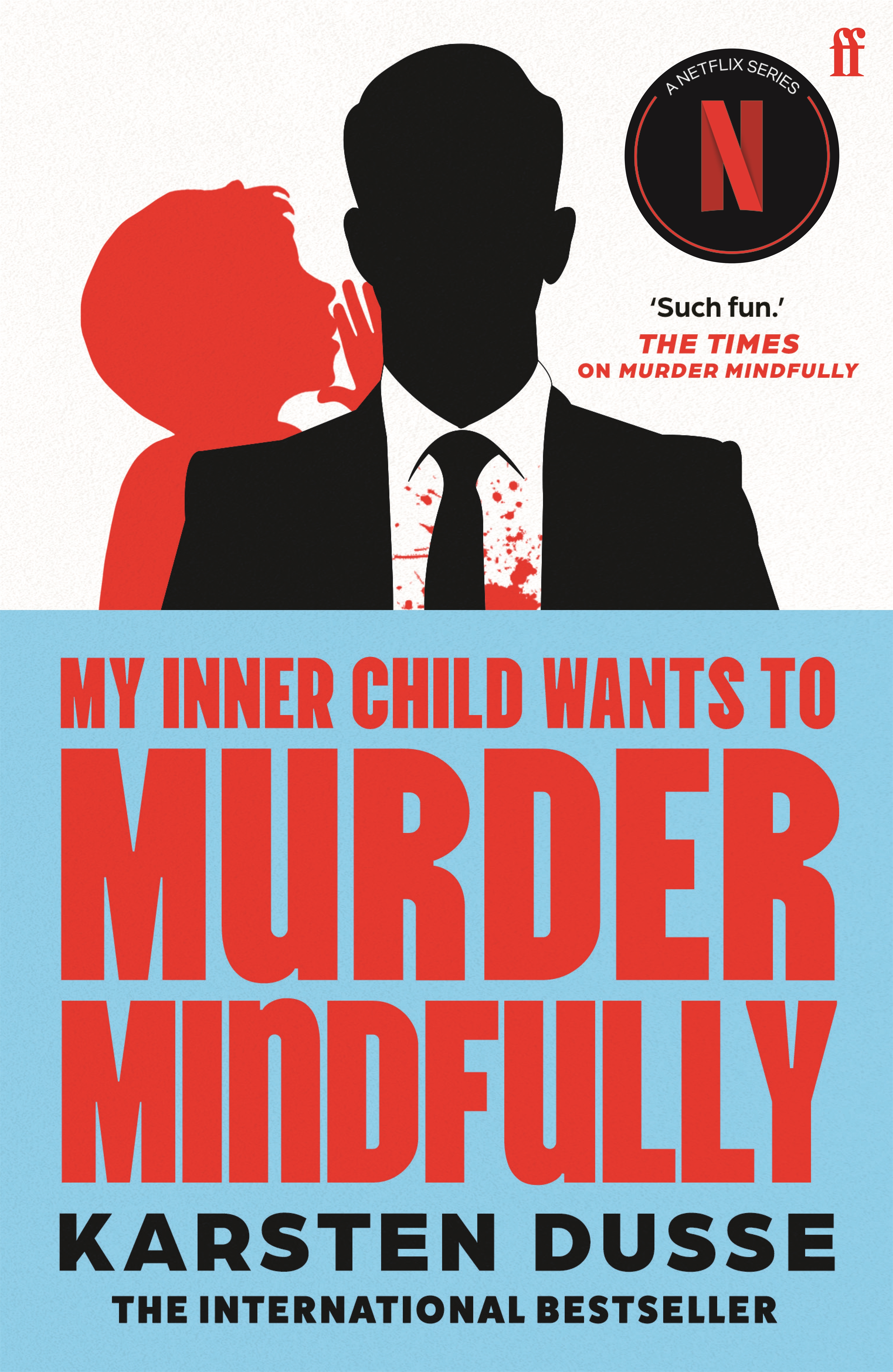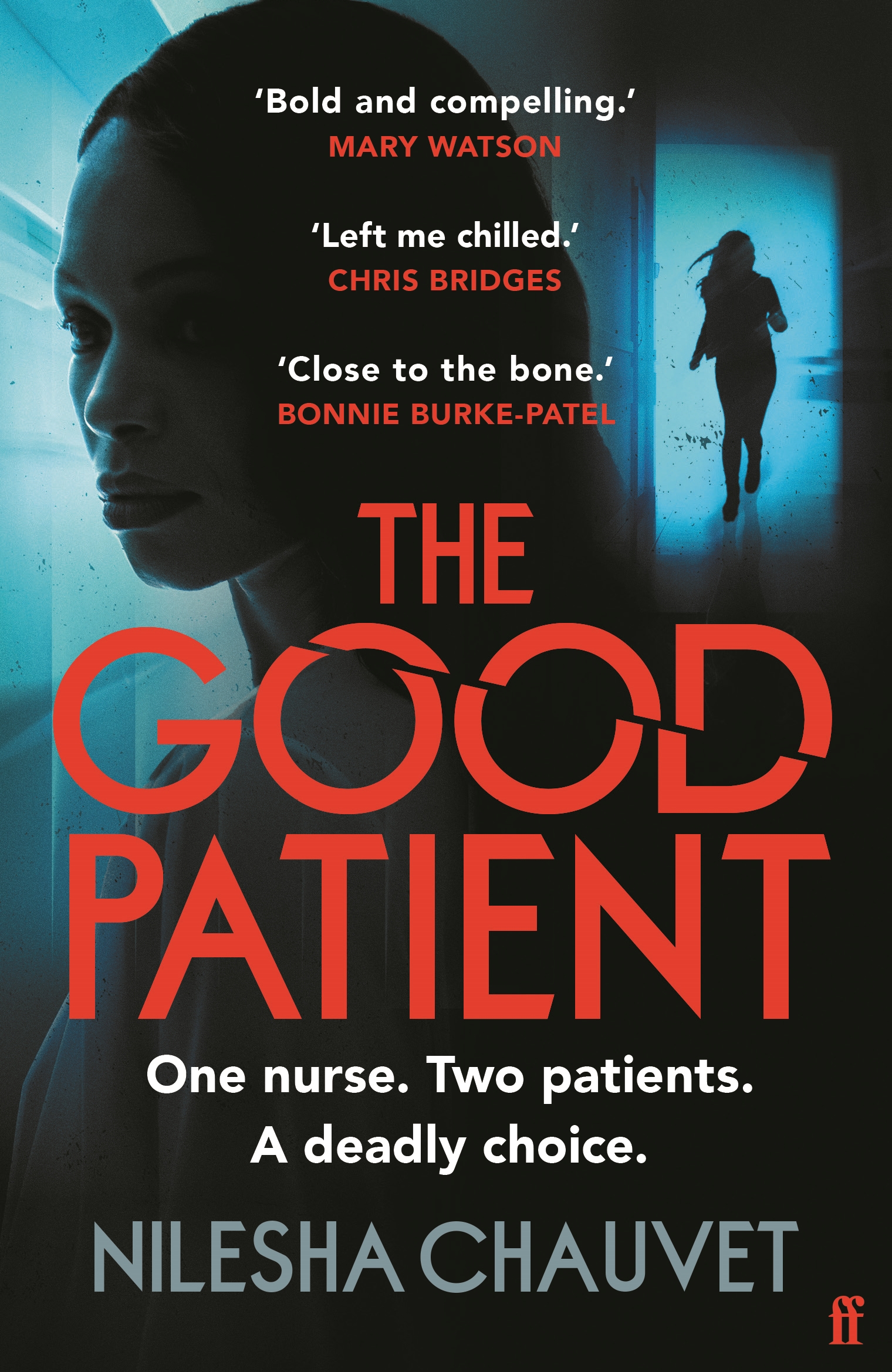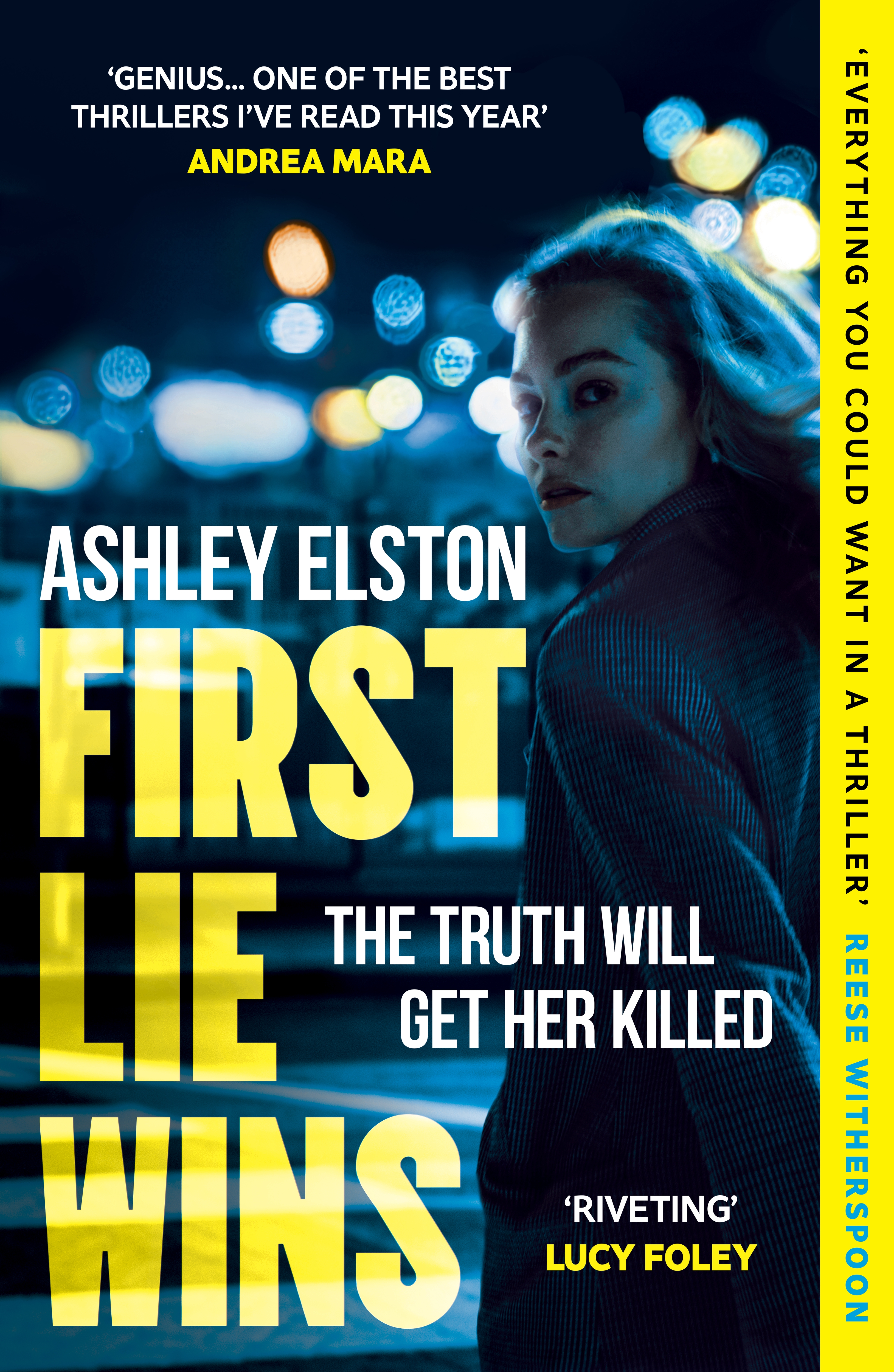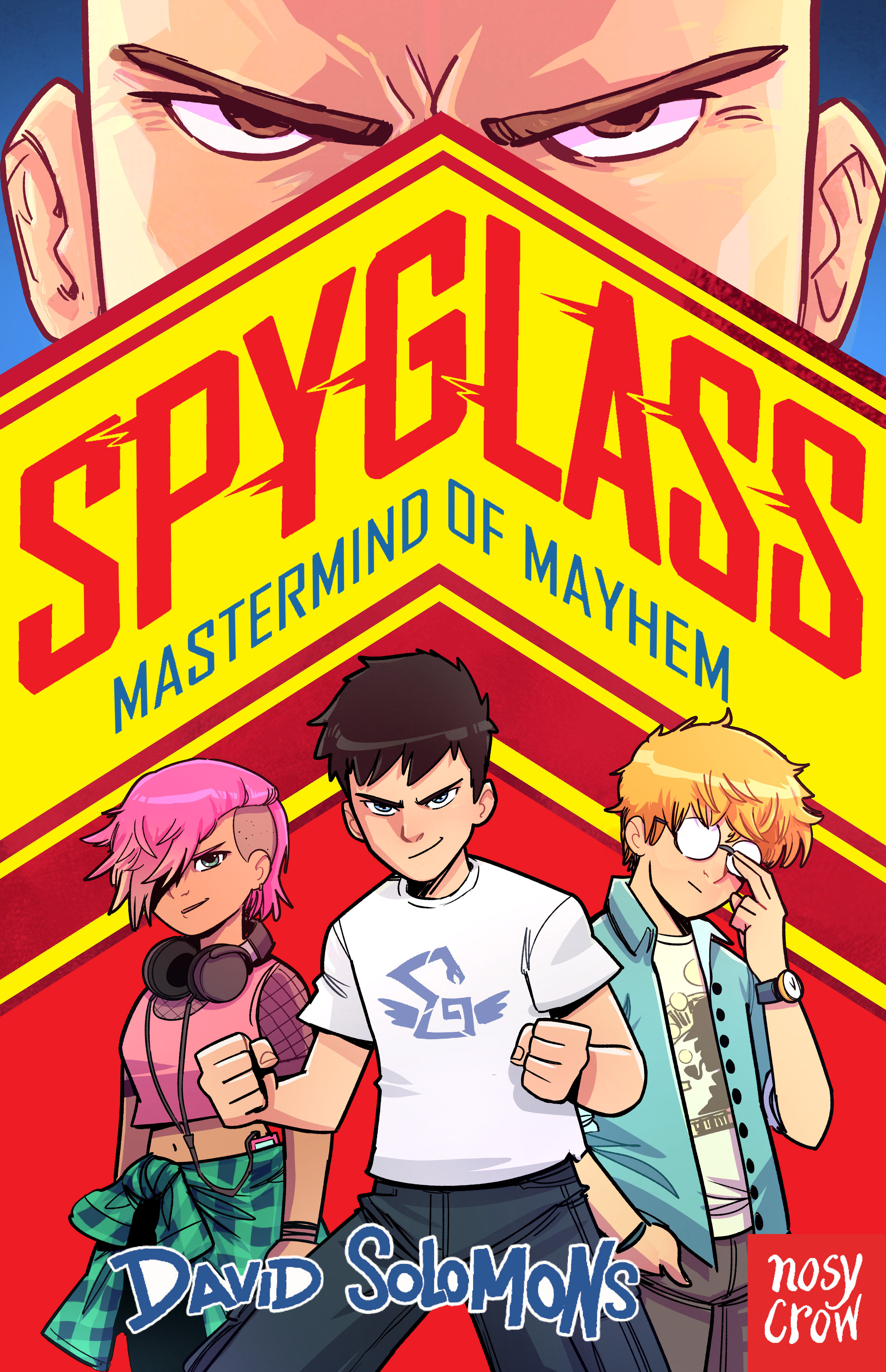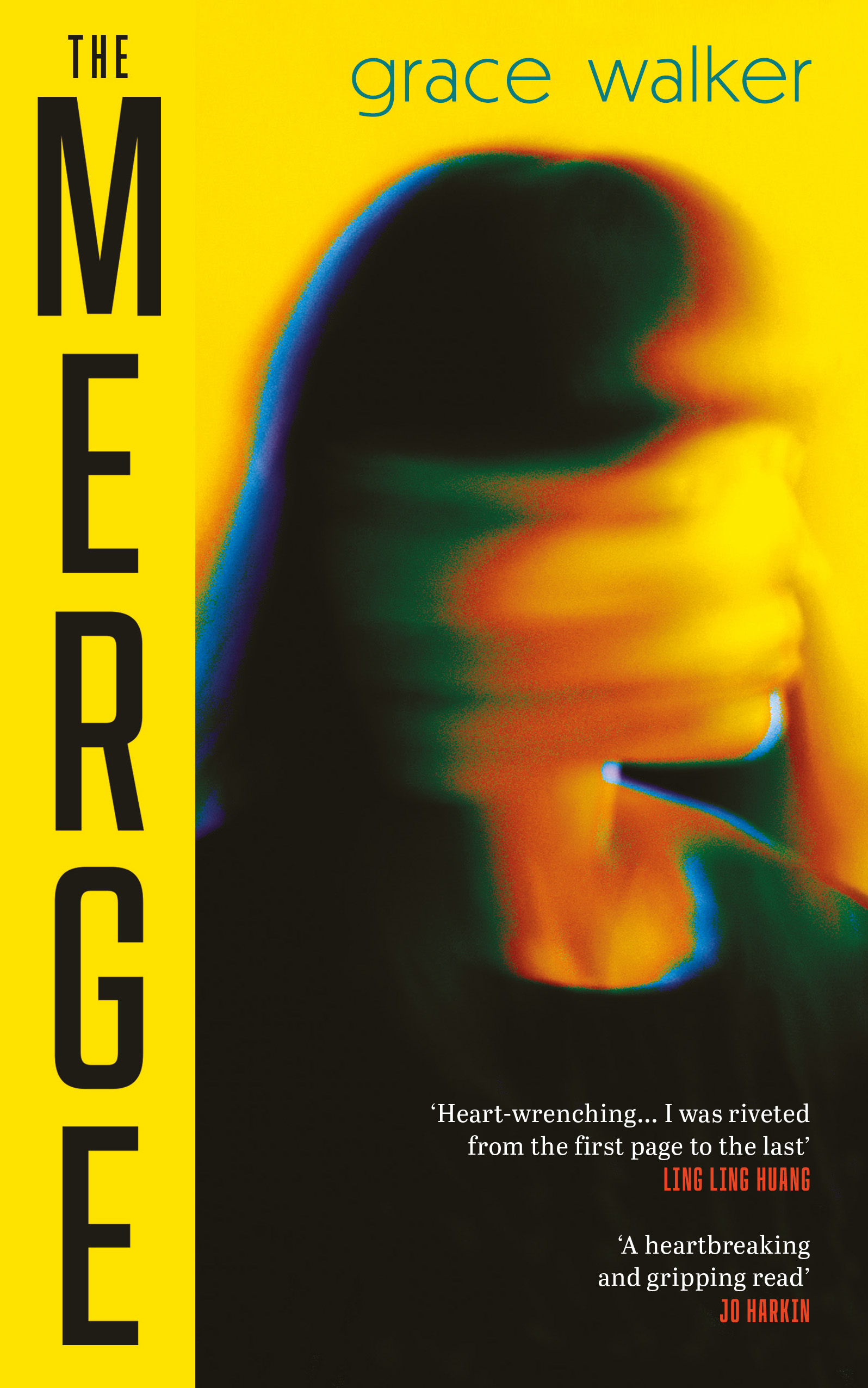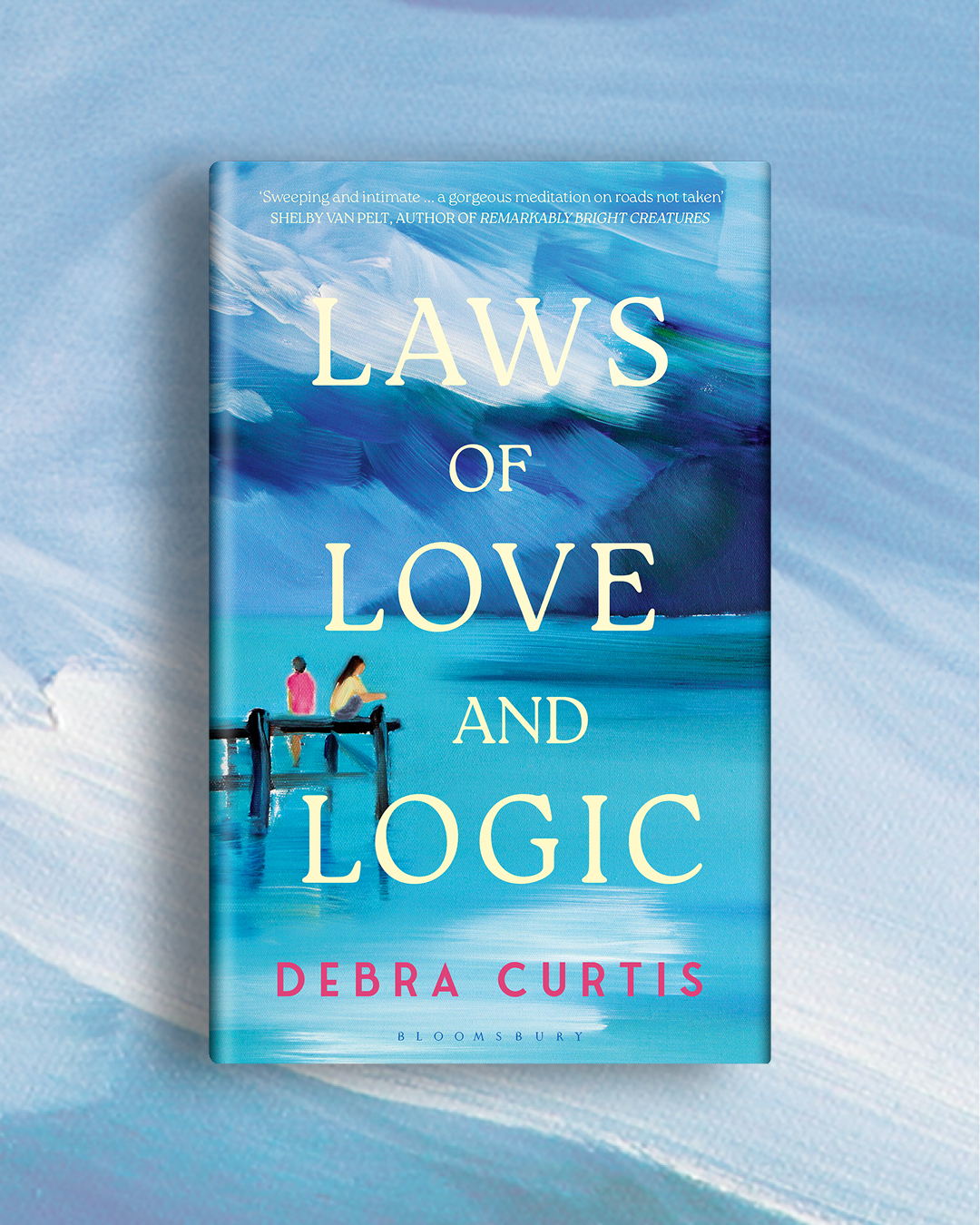My Dear I Wanted to Tell You

As seen:
By Louisa Young, and and, Dan Stevens
avg rating
2 reviews
Set on the Western Front, in London and in Paris, MY DEAR I WANTED TO TELL YOU is a moving and brilliant novel of love, class and sex in wartime, and how war affects those left behind as well as those who fight.
While Riley Purefoy and Peter Locke fight for their country, their survival and their sanity in the trenches of Flanders, Nadine Waveney, Julia Locke and Rose Locke do what they can at home. Beautiful, obsessive Julia and gentle, eccentric Peter are married: each day Julia goes through rituals to prepare for her beloved husband’s return. Nadine and Riley, only eighteen when the war starts, and with problems of their own already, want above all to make promises – but how can they when the future is not in their hands? And Rose? Well, what did happen to the traditionally brought-up women who lost all hope of marriage, because all the young men were dead? TweetReviews
St Just Monday Morning Reading Group 19th May 2025.
My dear, I wanted to tell you. Louisa Young.
This book gave rise to a long and interesting discussion at the reading group’s meeting. All present thought that it was a very good book, hardly a pleasant one to read, but which showed a lot of insights. We were all familiar with the general ideas and facts of the story, but we felt that this book brought them to life in a very real, though horrifying, fashion. One reader described her experience of this book as being almost as if she were two people reading it: one who wanted to find out what happened, and the other wanting to give it up because it was too traumatising. The characters, we thought, were very well portrayed and were all mature and individual personalities, rather than any kind of stereotype. The author was well able to write in the voices of both a man and a woman; and she very ably portrayed how people deal with the almost impossible demands of war in a variety of different ways. The matter of facial reconstruction after war wounds was also thought to be well handled.
Arising out of our reading of this book we discussed a number of topics: the problems of ex-servicemen from all conflicts suffering with forms of post-traumatic stress, and how they are looked after (or not looked after); the class differences evident in society at the time of the First World War and afterwards; how to convey the realities of war to young people and children; whether we are desensitised to war by the use of TV and video games; free speech and protests against war and our experiences of them; the Women’s Hospital Corps established by Dr Flora Murray and Dr Louisa Garrett Anderson, staffed by women, to treat military casualties; our personal and family memories of war anecdotes and how far back they reach; and current trends in society including the treatment of illegal immigrants.
Obviously a thought-provoking book!
This was a well-researched story with an interesting take on WW1 literature. I liked the way the lives and experiences of the characters were interwoven, although some were better developed than others. The descriptions were lyrical and moving and the plot was well constructed. It portrayed courage in a different way to that usually shown in war literature and portrayed the mental anguish felt by so many throughout the war.
